The scorching sun beats down relentlessly on the American Southwest, a landscape painted in hues of red rock and golden sand. Imagine, for a moment, standing in this seemingly inhospitable desert thousands of years ago. Against all odds, early indigenous peoples transformed this arid expanse into a land of thriving farms and bustling communities. Their secret? An astonishing network of ancient canals, carved by hand and guided by ingenuity, that still whisper stories of survival and brilliance beneath the modern city streets and wild mesquite thickets. These engineering marvels did more than bring water—they brought life, resilience, and a testament to human determination.
Deserts Transformed: The Challenge of Water
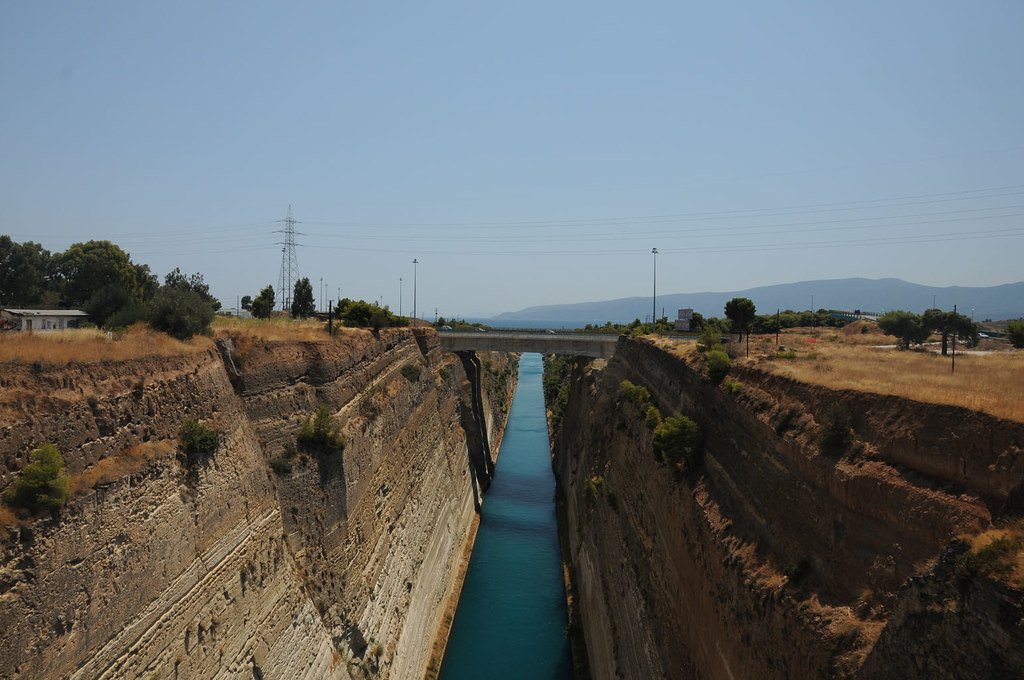
Water is life, but in the Southwest, water is a precious rarity. Early societies like the Hohokam faced searing droughts and unpredictable rainfall. Yet, they refused to surrender to the desert’s harshness. Instead, they observed the land, tracked the rhythms of rivers, and set out to harness every drop they could find. Their struggle was not just against thirst, but against the very limits of nature. It’s almost poetic how they turned the desert’s greatest threat into its greatest asset by weaving rivers into their daily existence. Just as a spider spins silk from nothing, these people created abundance from scarcity.
The Hohokam: Masters of Desert Irrigation
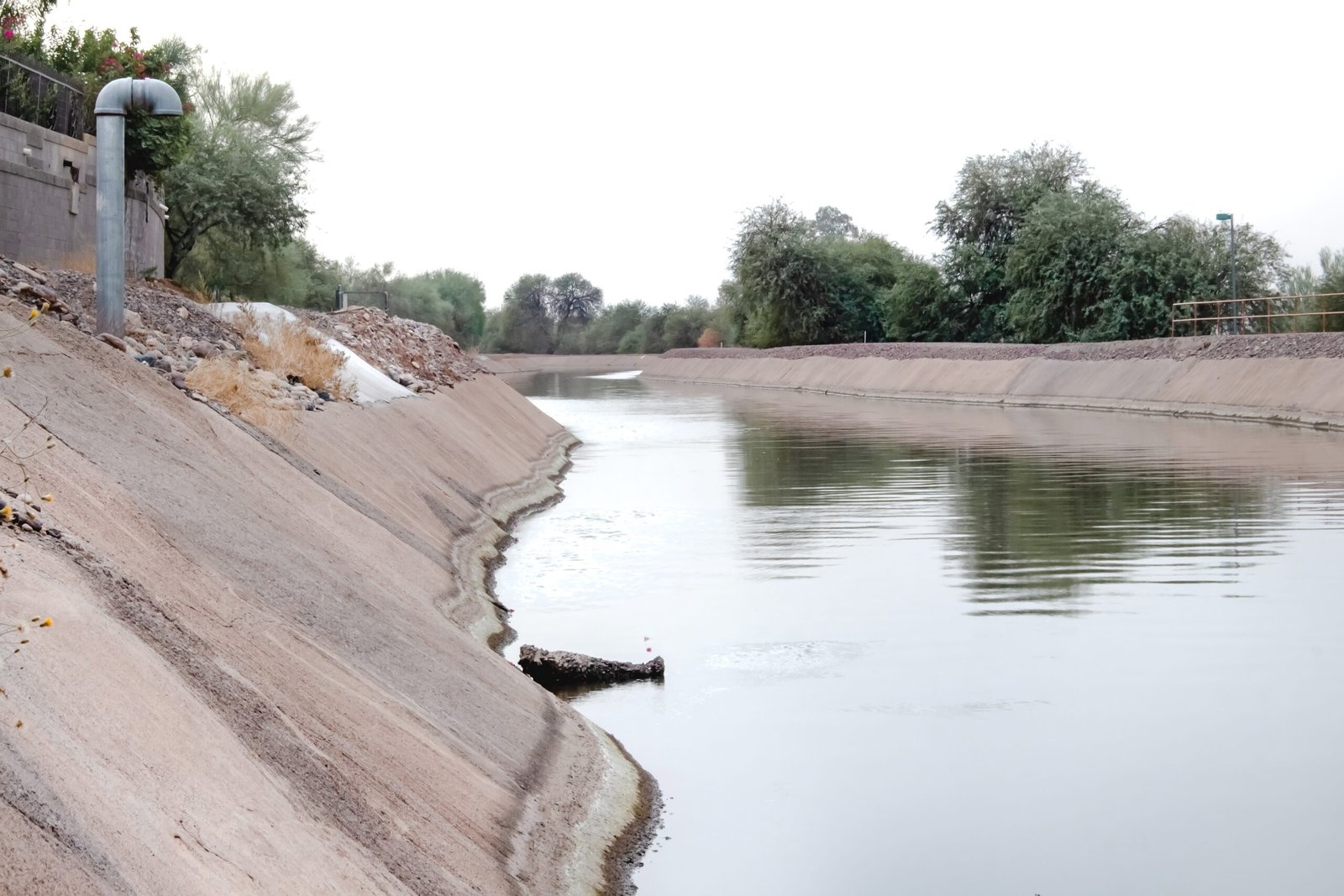
The Hohokam civilization, flourishing from about AD 300 to 1450, is often celebrated as the Southwest’s canal builders extraordinaire. Living in what is now southern Arizona, they engineered an intricate web of earthen canals that stretched for miles—some even longer than modern city blocks. These were not shallow ditches but carefully graded conduits, sometimes over ten feet wide, channeling water from the Salt and Gila Rivers straight to their fields. Their ability to calculate gradients and maintain flow, without modern tools, astounds archaeologists to this day. Imagine families working together, digging, lining, and repairing these canals season after season, all to keep their crops and communities alive.
Engineering Without Blueprints
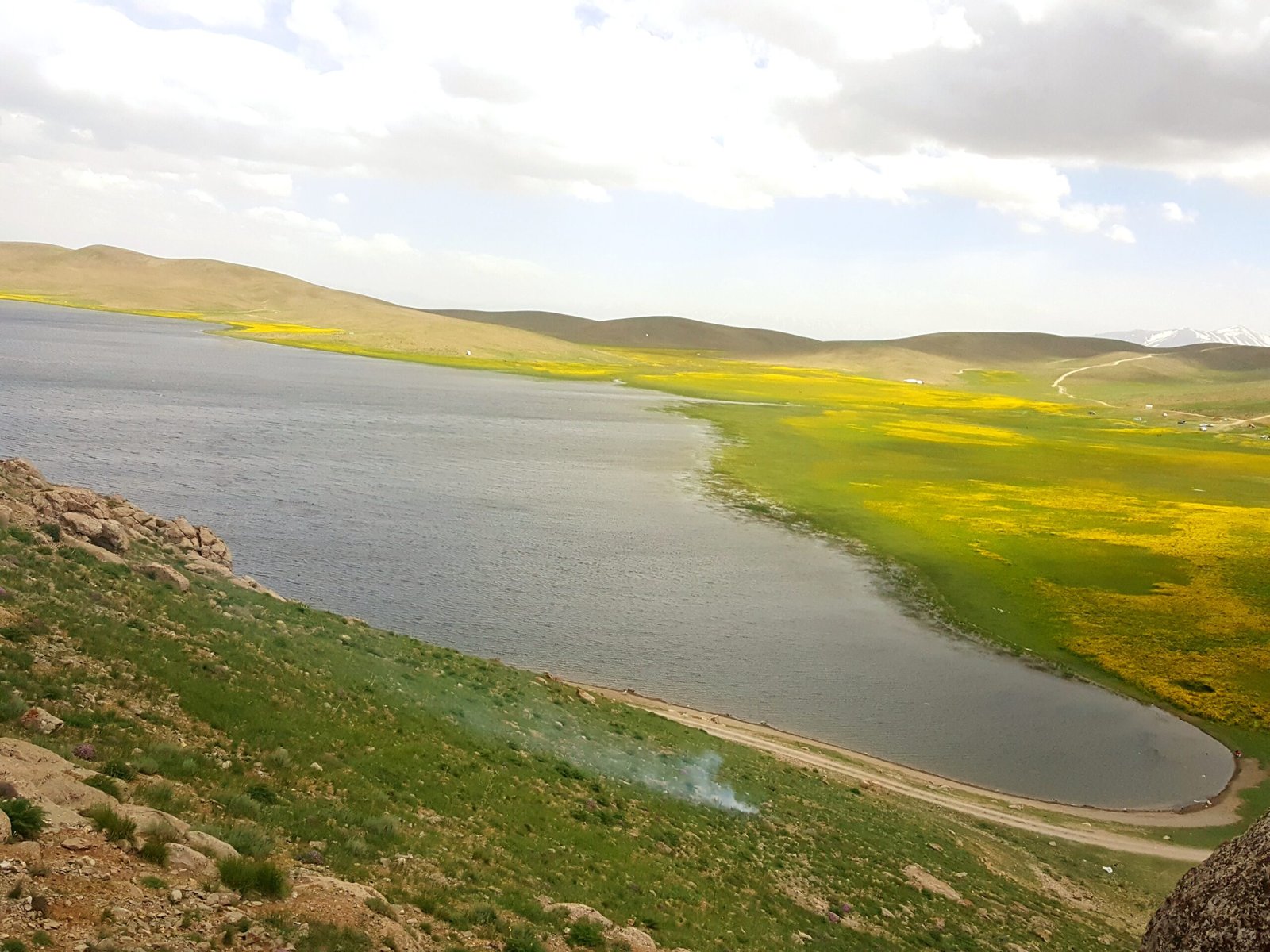
What’s truly jaw-dropping is that the Hohokam achieved this without written plans or metal tools. They relied on a deep, almost intuitive understanding of their environment. By studying the lay of the land, the tilt of the earth, and the patterns of floods, they mapped out where water would flow best. Workers used stone and wooden tools to dig the canals, working in teams over months and years. The precision required was staggering: too steep, and water would rush away; too flat, and it would stagnate. This balancing act—done by eye and hand—shows a level of engineering sophistication equal to some of the world’s most famous ancient cultures.
Agricultural Abundance in a Dry Land
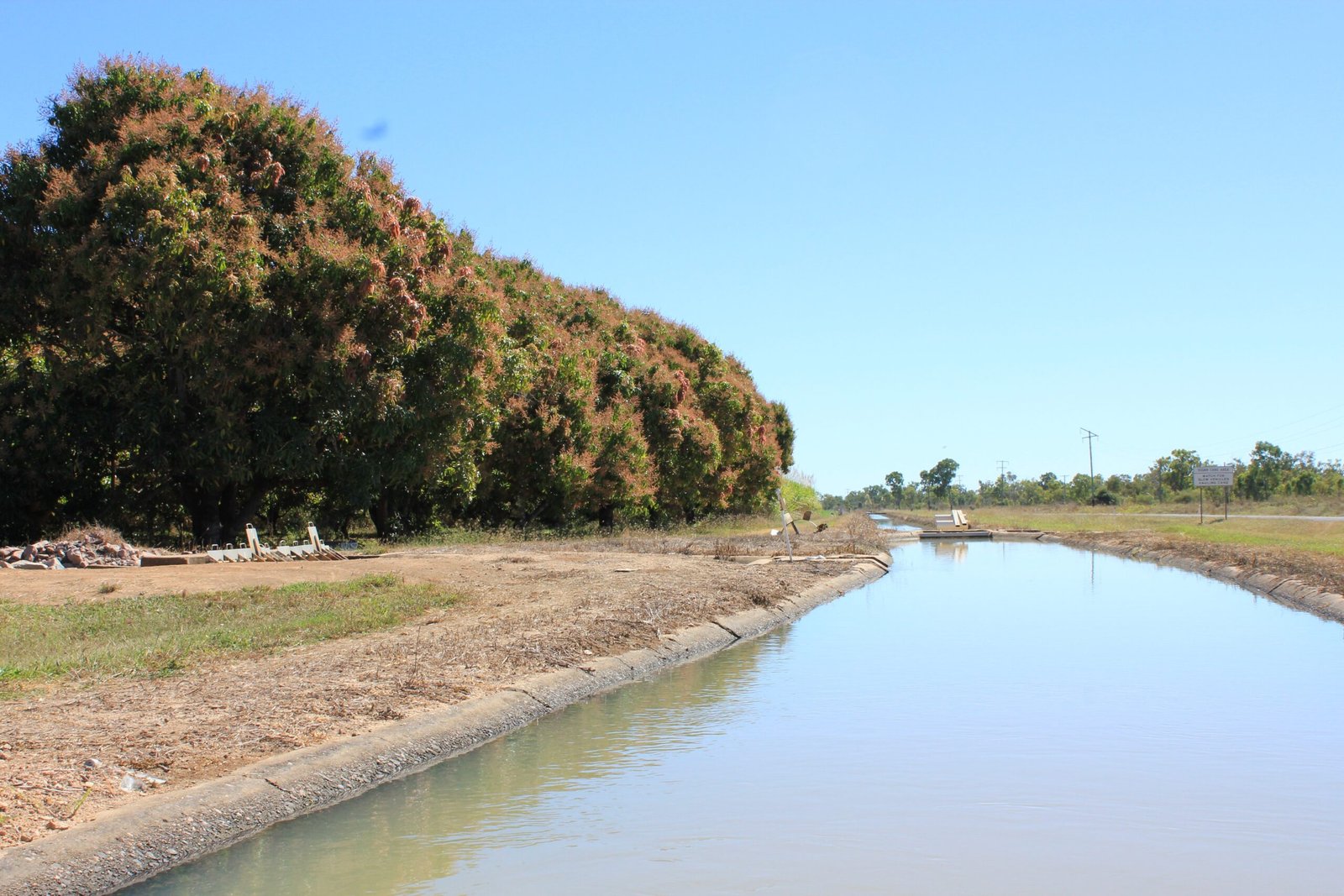
Thanks to these canals, the desert blossomed. The Hohokam grew corn, beans, squash, cotton, and even agave, turning the arid valleys into green oases. Their irrigation systems expanded over generations, feeding not just their families but also supporting bustling villages and ceremonial centers. Archaeological finds reveal storage pits, granaries, and remnants of ancient crops, proof of a thriving agricultural economy. The canals enabled trade, festivals, and even artistic pursuits, proving that water was not just for survival but for building a vibrant culture.
Community and Cooperation at the Core
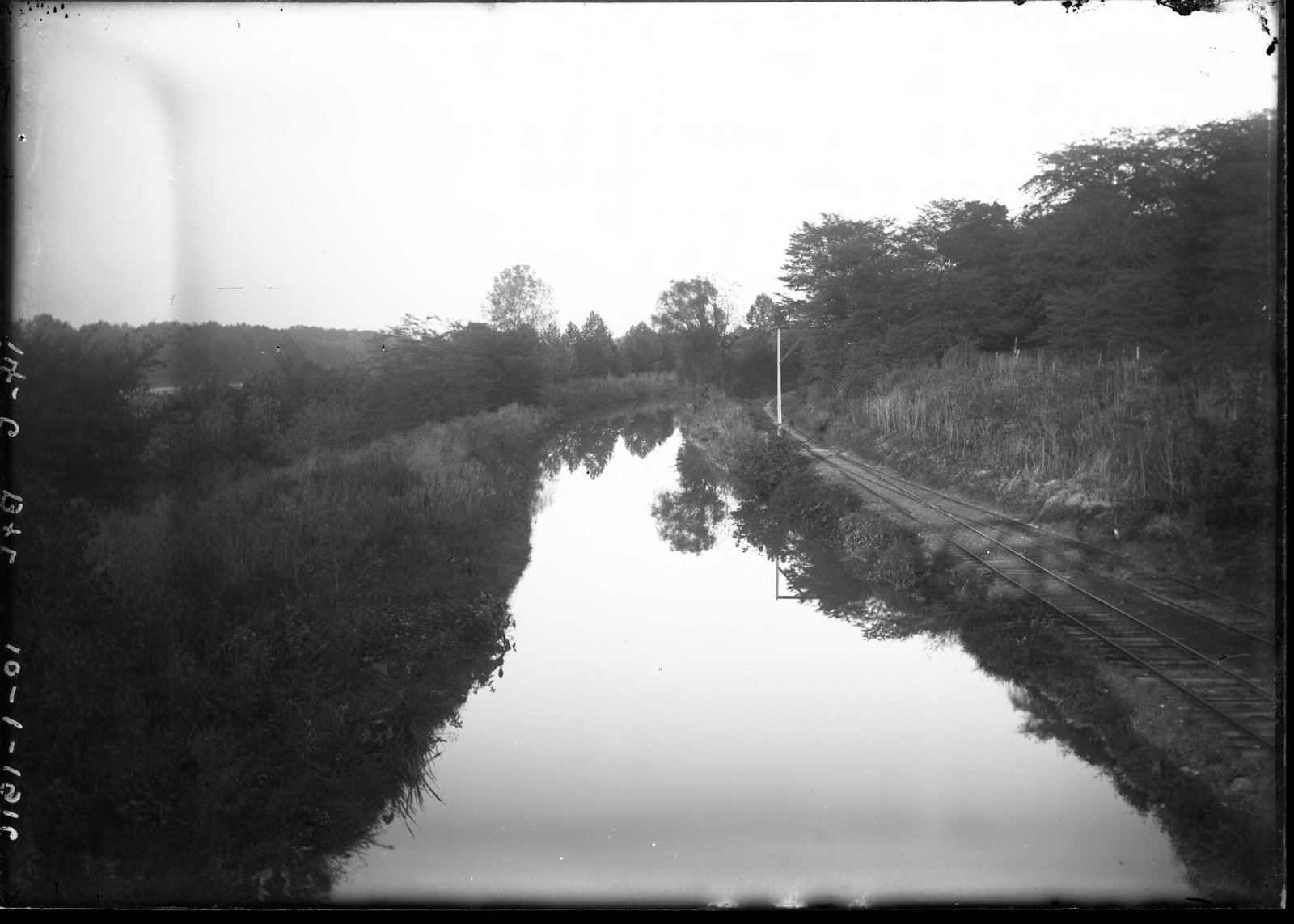
Building and maintaining such vast networks required more than technical know-how; it demanded cooperation on a grand scale. Canal construction was a communal affair, involving hundreds of people in planning, digging, and upkeep. Periodic maintenance was essential—clearing silt, patching breaches, and adjusting water flow. These projects fostered social bonds and a strong sense of shared purpose. For the Hohokam, water was a communal resource, and every drop carried the weight of collective responsibility. Their canals became the veins of their society, pulsing with the energy of collaboration and mutual care.
Scientific Insights: How Did They Do It?
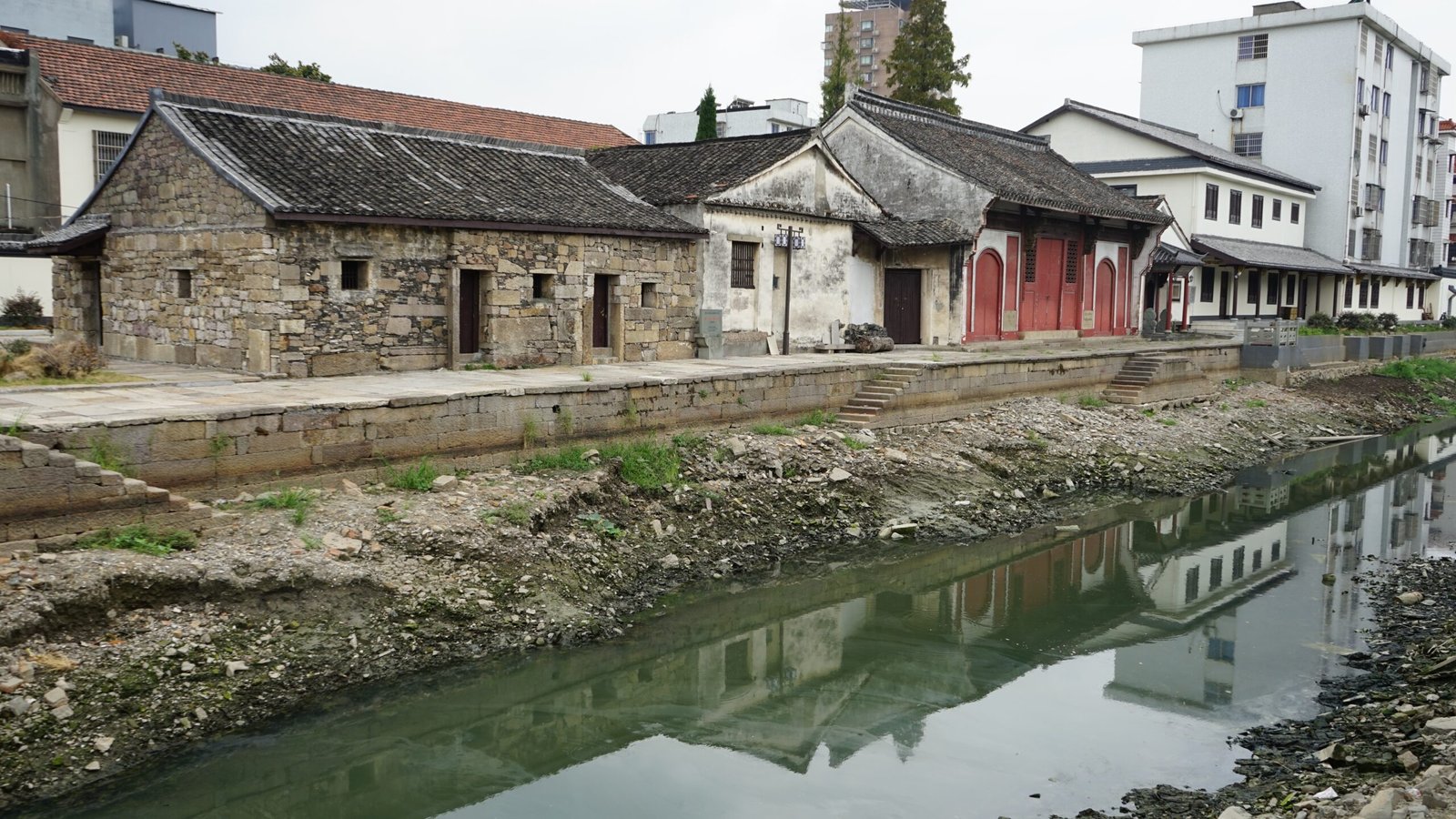
Modern scientists and archaeologists continue to puzzle over the exact methods used by these early engineers. Recent studies using satellite imagery and ground-penetrating radar have revealed just how extensive the canal networks were—some stretching for more than 20 miles. Soil samples show how the canals were lined with clay to prevent leakage, and carbon dating of charcoal layers helps pinpoint construction periods. By reconstructing ancient water flows, researchers have even modeled how much water these canals could deliver, providing awe-inspiring evidence of their efficiency and sustainability.
Hidden Under Modern Cities
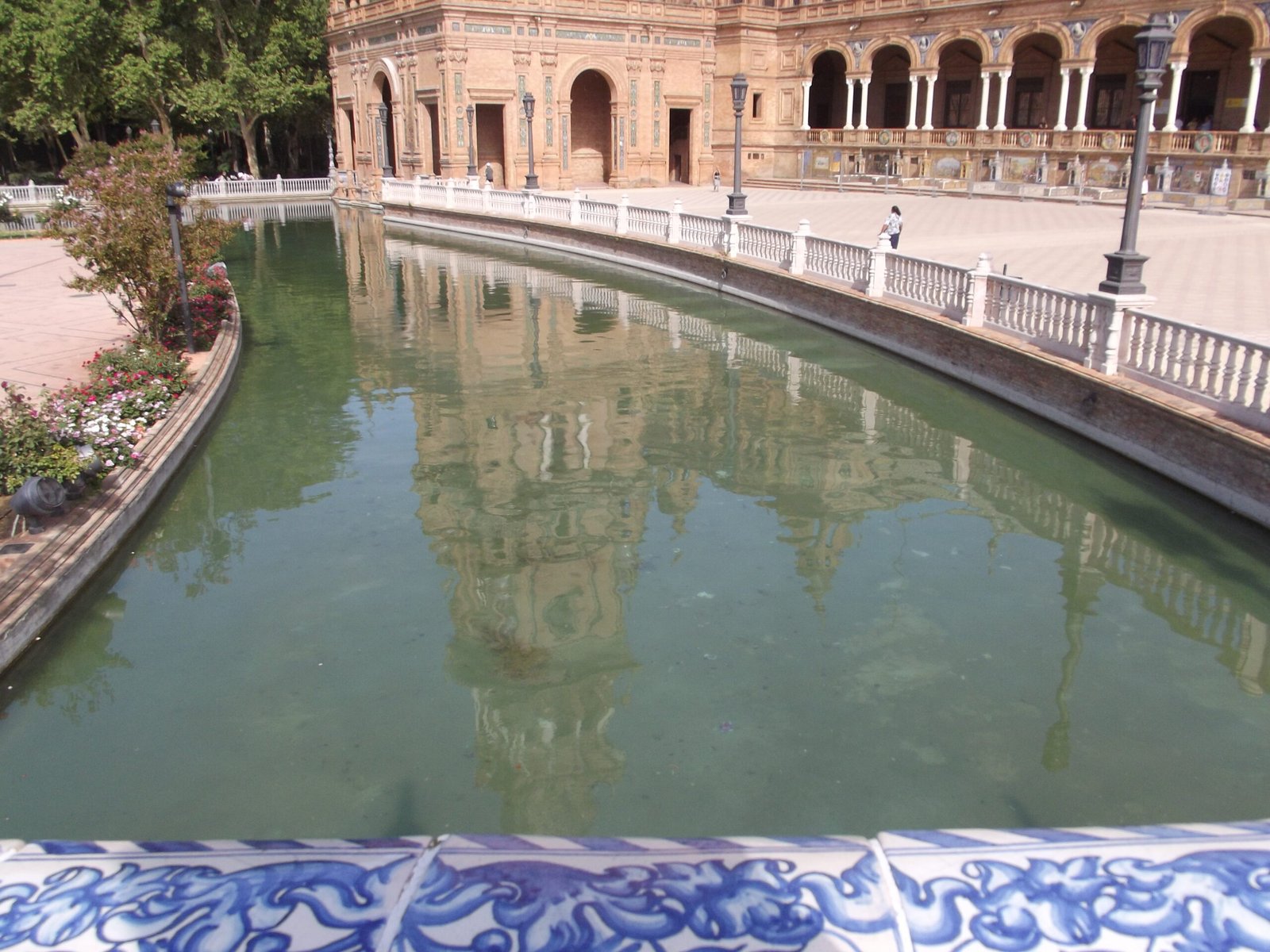
Many of these ancient canals now lie hidden beneath the bustling streets of cities like Phoenix and Tucson. In fact, some modern irrigation and canal routes directly overlay the original Hohokam paths. Construction projects occasionally unearth remnants—deep, dark lines in the soil, or pottery fragments washed downstream centuries ago. Each discovery is a reminder that our modern lives are built on the foundations of these early waterworks. The past literally runs beneath our feet, connecting us to a legacy of ingenuity and adaptation.
Nature and Culture: A Delicate Balance
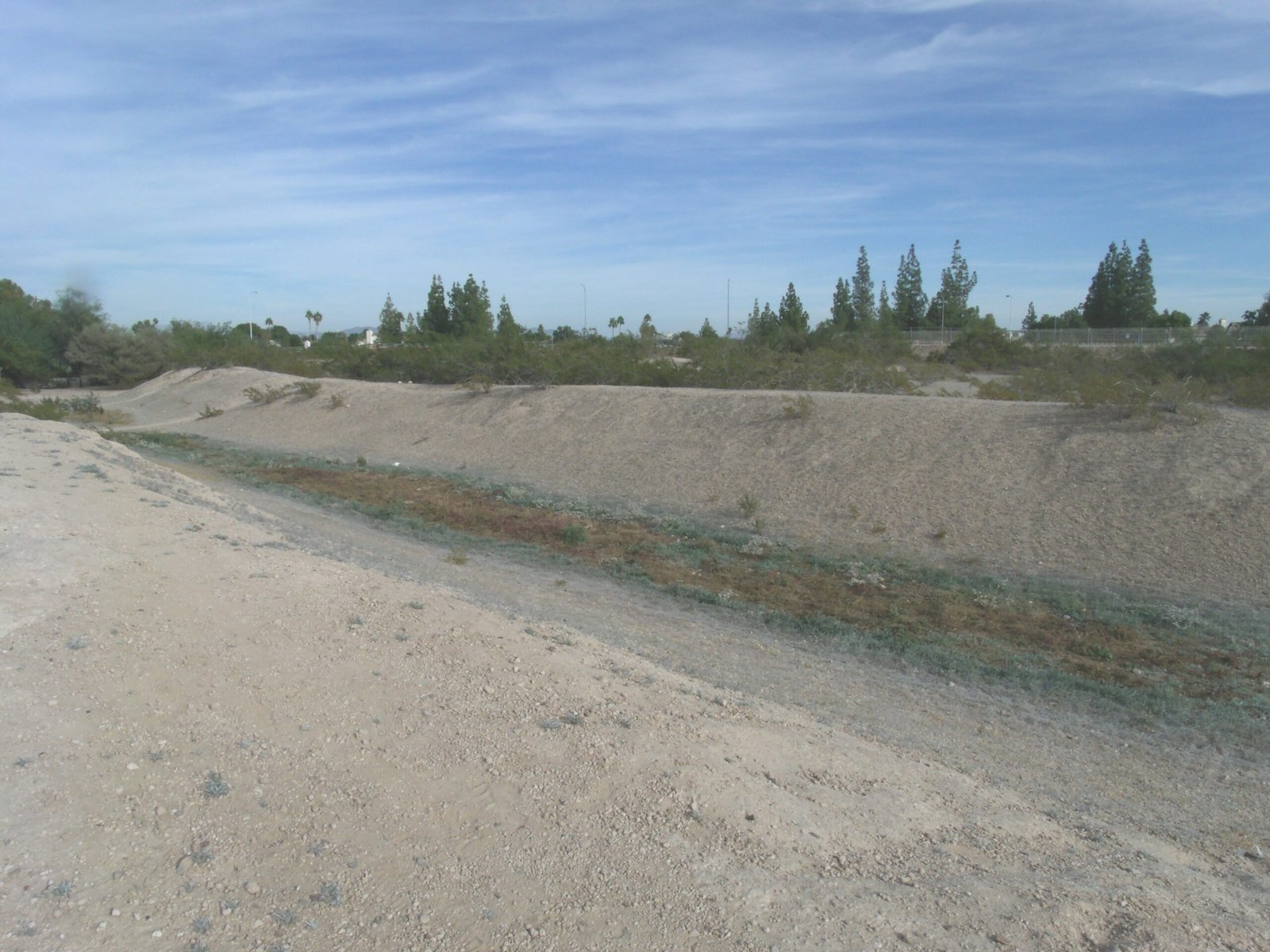
The canals were not just technological achievements—they shaped the very culture of the people who built them. The Hohokam and their descendants held ceremonies to honor water, viewing rivers and rain as gifts from the spirits. Their art often depicted flowing water, spiral motifs, and the creatures of the riverbanks. This respect for nature guided how they used their canals, with careful rules to avoid waste and ensure fairness. Their story is a lesson in sustainable living, showing how technology and tradition can work hand in hand with the landscape.
Lessons for the Modern World
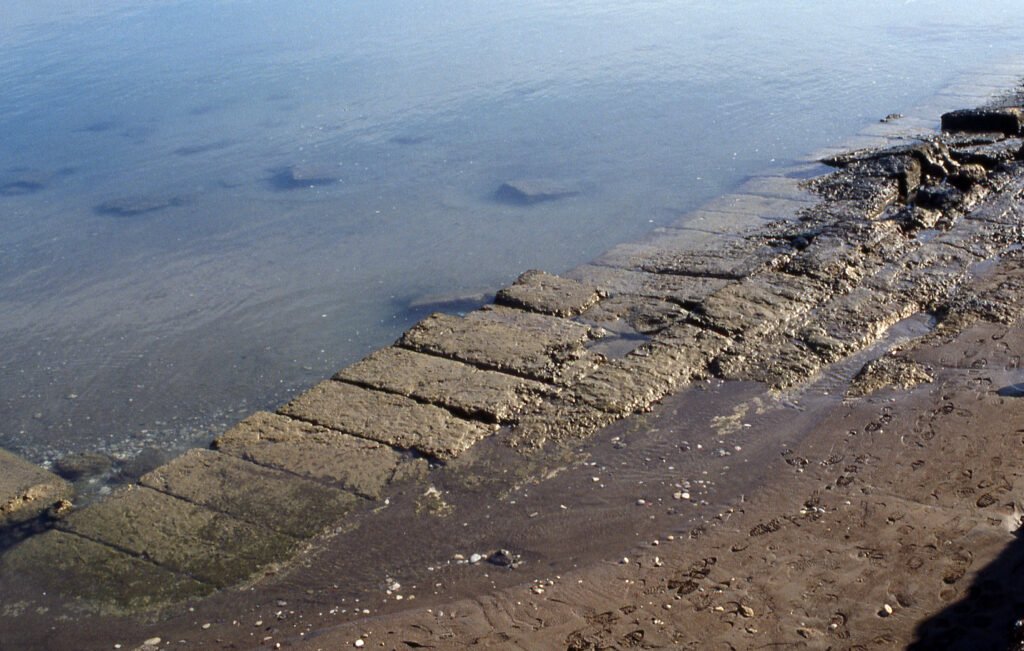
Today, as droughts and water shortages grip the Southwest, the wisdom of these ancient engineers feels more urgent than ever. Modern cities still battle over water rights and struggle to maintain aging infrastructure. The Hohokam’s example—using local knowledge, communal effort, and respect for nature—offers valuable lessons for our own time. Their canals remind us that survival in a harsh world depends not just on clever engineering, but on working together and thinking long-term.
Echoes in the Landscape

Sometimes, after a heavy rain, faint lines appear in the desert, tracing the course of ancient canals lost to time. Hikers stumble upon strange ditches in the wild, not knowing they’re walking where water once flowed and life once flourished. These ghostly traces evoke a sense of wonder and humility. They remind us that the desert, so often seen as empty, is full of stories—hidden just beneath the surface, waiting to be told.
The ancient canals of the American Southwest stand as silent witnesses to human creativity and resilience. Their story urges us to honor the past, cherish our resources, and ask ourselves: What hidden wonders lie beneath our feet, waiting to change the way we see the world?




